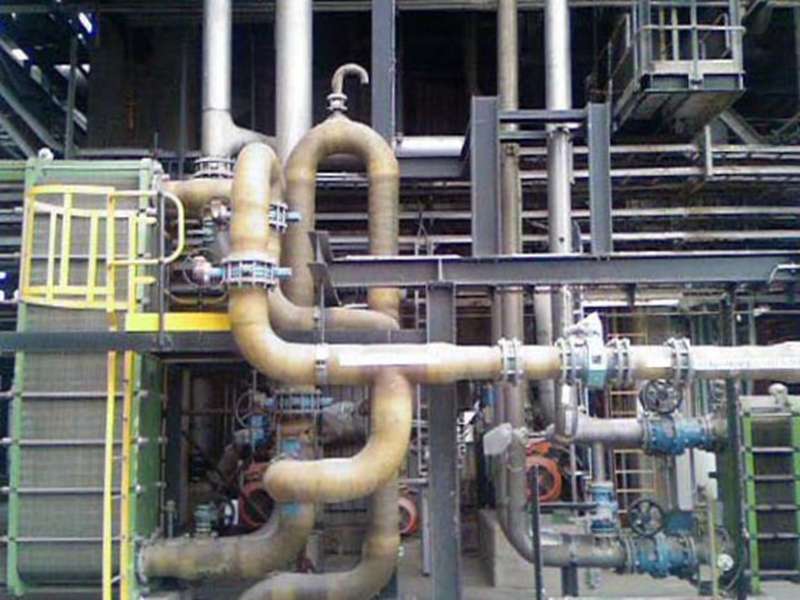
-
 Afrikaans
Afrikaans -
 Albanian
Albanian -
 Amharic
Amharic -
 Arabic
Arabic -
 Armenian
Armenian -
 Azerbaijani
Azerbaijani -
 Basque
Basque -
 Belarusian
Belarusian -
 Bengali
Bengali -
 Bosnian
Bosnian -
 Bulgarian
Bulgarian -
 Catalan
Catalan -
 Cebuano
Cebuano -
 China
China -
 China (Taiwan)
China (Taiwan) -
 Corsican
Corsican -
 Croatian
Croatian -
 Czech
Czech -
 Danish
Danish -
 Dutch
Dutch -
 English
English -
 Esperanto
Esperanto -
 Estonian
Estonian -
 Finnish
Finnish -
 French
French -
 Frisian
Frisian -
 Galician
Galician -
 Georgian
Georgian -
 German
German -
 Greek
Greek -
 Gujarati
Gujarati -
 Haitian Creole
Haitian Creole -
 hausa
hausa -
 hawaiian
hawaiian -
 Hebrew
Hebrew -
 Hindi
Hindi -
 Miao
Miao -
 Hungarian
Hungarian -
 Icelandic
Icelandic -
 igbo
igbo -
 Indonesian
Indonesian -
 irish
irish -
 Italian
Italian -
 Japanese
Japanese -
 Javanese
Javanese -
 Kannada
Kannada -
 kazakh
kazakh -
 Khmer
Khmer -
 Rwandese
Rwandese -
 Korean
Korean -
 Kurdish
Kurdish -
 Kyrgyz
Kyrgyz -
 Lao
Lao -
 Latin
Latin -
 Latvian
Latvian -
 Lithuanian
Lithuanian -
 Luxembourgish
Luxembourgish -
 Macedonian
Macedonian -
 Malgashi
Malgashi -
 Malay
Malay -
 Malayalam
Malayalam -
 Maltese
Maltese -
 Maori
Maori -
 Marathi
Marathi -
 Mongolian
Mongolian -
 Myanmar
Myanmar -
 Nepali
Nepali -
 Norwegian
Norwegian -
 Norwegian
Norwegian -
 Occitan
Occitan -
 Pashto
Pashto -
 Persian
Persian -
 Polish
Polish -
 Portuguese
Portuguese -
 Punjabi
Punjabi -
 Romanian
Romanian -
 Russian
Russian -
 Samoan
Samoan -
 Scottish Gaelic
Scottish Gaelic -
 Serbian
Serbian -
 Sesotho
Sesotho -
 Shona
Shona -
 Sindhi
Sindhi -
 Sinhala
Sinhala -
 Slovak
Slovak -
 Slovenian
Slovenian -
 Somali
Somali -
 Spanish
Spanish -
 Sundanese
Sundanese -
 Swahili
Swahili -
 Swedish
Swedish -
 Tagalog
Tagalog -
 Tajik
Tajik -
 Tamil
Tamil -
 Tatar
Tatar -
 Telugu
Telugu -
 Thai
Thai -
 Turkish
Turkish -
 Turkmen
Turkmen -
 Ukrainian
Ukrainian -
 Urdu
Urdu -
 Uighur
Uighur -
 Uzbek
Uzbek -
 Vietnamese
Vietnamese -
 Welsh
Welsh -
 Bantu
Bantu -
 Yiddish
Yiddish -
 Yoruba
Yoruba -
 Zulu
Zulu
Optimizing Performance with GRP Dampers in Engineering Applications
Understanding GRP Dampers A Comprehensive Overview
In the realm of civil engineering and structural health, the term GRP damper refers to a specialized device made from Glass Reinforced Plastics (GRP) designed to mitigate vibrations and dynamic forces exerted on structures. These dampers play a critical role in enhancing the resilience and stability of various infrastructures, from bridges and buildings to offshore platforms. In this article, we will explore the principles behind GRP dampers, their applications, advantages, and future prospects.
What is a GRP Damper?
Granular dampers, often referred to as GRP dampers, utilize the unique properties of glass-reinforced plastic, a composite material known for its high strength-to-weight ratio, corrosion resistance, and durability. GRP is created by combining glass fibers with a plastic matrix, resulting in a material that exhibits extraordinary mechanical properties while remaining lightweight. This combination makes GRP dampers particularly effective in absorbing and dissipating energy from dynamic loads, such as seismic activity or wind-induced vibrations.
How Do GRP Dampers Work?
The core functioning principle of a GRP damper lies in its ability to dissipate kinetic energy. When a structural component is subjected to vibrations, the motion induces stress and strain within the material. GRP dampers are designed to absorb this energy through viscoelastic behavior, converting kinetic energy into heat, which is then dissipated. The inherent flexibility of the GRP material allows it to deform and recover during loading and unloading cycles, effectively reducing the amplitude of vibrations experienced by the structure.
Applications of GRP Dampers
GRP dampers are employed in a variety of applications across different fields. One of the most prominent uses is in seismic retrofitting of buildings and bridges, where they provide additional damping capacity to withstand earthquake forces. In offshore structures, such as oil rigs and wind turbines, GRP dampers help maintain stability against marine vibrations caused by waves and wind.
grp damper

Moreover, in transportation infrastructure, GRP dampers are integrated into bridges to minimize oscillations caused by traffic loads. They also serve a vital role in the construction of high-rise buildings, where wind-induced vibrations are a significant concern. By incorporating these dampers into their design, engineers can improve occupant comfort and extend the lifespan of the structure.
Advantages of GRP Dampers
The benefits of using GRP dampers are manifold. Firstly, their lightweight nature facilitates easy installation and reduces the overall weight of the structure, which can be a pivotal factor in design considerations. Secondly, GRP is highly resistant to environmental factors, including moisture, chemicals, and UV radiation, which significantly enhances the durability and longevity of the dampers.
Additionally, GRP dampers are customizable in terms of size and shape, allowing engineers to tailor solutions to specific structural needs. The cost-effectiveness associated with using GRP dampers also makes them a preferable choice, as they often require less maintenance over time compared to traditional damping systems made from metals.
Future Prospects
As the demand for resilient and sustainable infrastructure continues to grow, GRP dampers are likely to see increased application across various sectors. Advances in material science and engineering techniques will further enhance their effectiveness and adaptability. Research into hybrid damping systems that combine GRP with other materials, such as shape memory alloys or advanced composites, may lead to even greater performance in energy dissipation.
Moreover, as cities evolve, the need for retrofitting existing structures to meet modern resilience standards will create opportunities for GRP dampers to play a pivotal role in enhancing urban infrastructure.
In conclusion, GRP dampers represent a significant advancement in the field of structural engineering, offering a reliable and efficient means of energy dissipation. Their unique properties, wide-ranging applications, and the potential for future innovation underscore their importance in creating safer and more resilient structures around the world.









